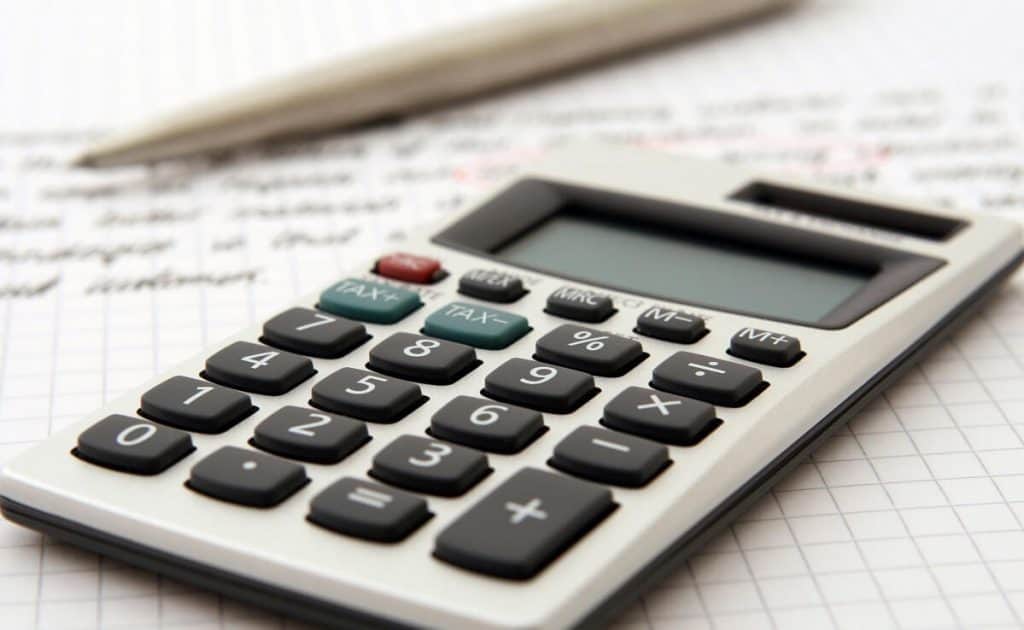
As we discussed earlier, your basis in the property is $450,000, which makes your gain $150,000. Let’s again say that you bought a building for $500,000, claimed depreciation of $50,000, and sold the property for $600,000. A second look at our earlier example will explain best.
#Irc 1231 code
Section 1250 of the Internal Revenue Code deals with depreciation on section 1231 property. So what the heck does that mean? It means that the federal government giveth, and the federal government taketh away. Livestock too can be section 1231 property, but only if it is intended for dairy, breeding, draft or sporting activities.Īny piece of real estate that’s classified as a 1231 property is also a section 1250 property.

Equipment, automobiles and furniture may also fall under section 1231, as can unharvested crops. Intellectual property, such as patents, is not considered real property.Ĭommercial real estate, residential investment properties, buildings and land used for business are all section 1231 properties. “Real property” refers to a tangible or physical piece of property. So just what gets classified as section 1231 property? It’s any property that: In this case, your basis in the property is only $450,000.(The purchase price of the building minus depreciation.) Your gain is then $150,000. You sell the building for $600,000, but you’ve already claimed $50,000 worth of depreciation. In this example, we’ll pretend you own a building that you purchased for $500,000. Your basis in a property under section 1231 is a little bit different because section 1231 assets (which we’ll explain shortly), are usually depreciable. In this example, your basis in the baseball card is the $50 you paid and your gain is $25. You’re an honest taxpayer who understands that even simple transactions like this one are taxable, so you report the sale on your income taxes. When he sees it, your brother just has to have it. Let’s say that you bought a collectible baseball card for $50 at an auction. In many cases, this is a pretty simple formula. Your gain is the income you received for the property minus your basis. Although certainly not a technical definition, your basis in a property is what you have invested in it. When calculating section 1231 gain, it’s important to understand that your basis in a property may not be the same as what you bought it for. Under section 1231, however, businesses can claim the loss as an ordinary loss, meaning the entire amount can be claimed in the current tax year. Normally, when a business experiences a capital loss, they’re limited to a deduction of $3,000 per year. The IRS handles the taxation of a section 1231 asset as a capital gain when there is income, but not when there is a loss. This provides a tax break when businesses sell big-ticket items like buildings or cars. Under this special rule, the IRS taxes section 123 gains at the lower capital gains tax rate rather than the higher ordinary income tax rate. The tax advantages gained under section 1231 apply to both gains and losses. The goal was to provide a more equitable way to handle taxation when businesses sold or lost assets.

To solve this unfair problem for businesses, Congress created Section 1231 of the tax code in 1942. This meant that business owners unexpectedly suffered a potentially substantial loss but could only claim part of it on their taxes. To fund the war effort, a new law allowed the government to seize real estate and other property by any means necessary, including condemnation. This meant that selling an old asset could result in a large gain and a big chunk of taxable income.Īnother issue was condemnation. Because the war caused inflation, used business assets were worth much more money than they previously had been. One was that the sale of used business equipment became an expensive proposition.


 0 kommentar(er)
0 kommentar(er)
